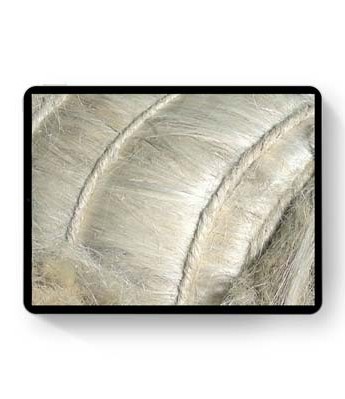
Intelligence
Fibers are filiform elements, which present a high length ratio with respect to their maximum transverse dimension. They are characterized by flexibility and fineness.
Fibers are made of macromolecules referred as polymers. In turn, these polymers are composed of a sequence of monomers. Polymers are chemically stable while monomers are chemically unstable, which explains the reaction of the union of monomers in the formation of a polymer.
The polymer length is a very important factor, since almost all fibers have very long polymer chains. Regarding the molecular arrangement, fibers can be highly or slightly oriented. When they are highly oriented, they conform a crystalline region, which means that the polymers are longitudinally aligned and in order, more or less parallel. In the case of fibers being slightly oriented, amorphous regions are formed, where the polymers do not have a defined orientation.
Highly orientated polymers confer fibers high tensile strength, low elongation, heat resistance and chemical resistance. On the contrary, the amorphous areas of slightly oriented polymers give fibers features such as: flexibility, softness and comfort.
Fibers can be classified attending to several aspects:
Natural fibers can be classified according to their origin into animal, vegetable or mineral.
Animal fibers may originate either from the glandular secretions of some insects as in case of silk, in which two fibroin strands are linked by sericin, or follicle bulbs of some animals as in case of wool, which has a molecular structure composed of keratin.
Vegetable fibers have elongated structures, mainly composed of cellulose and usually with round cross-section. They can be classified according to their origin into seed fibers, stem fibers, leaf fibers and fruit fibers.
As compared to the traditional man-made fibers, vegetable fibers present several advantages: abundance, low cost, low density, ability to absorb carbon dioxide from the environment, renewability and biodegradability.
In contrast, its main disadvantages are the high moisture absorption, low resistance to micro-organisms, low thermal stability and mechanical properties lower than those of man-made fibers.
Mineral fibers have their origin in the rocks with fibrous structure and are composed, essentially, of silicates. An example of a mineral fiber is asbestos.
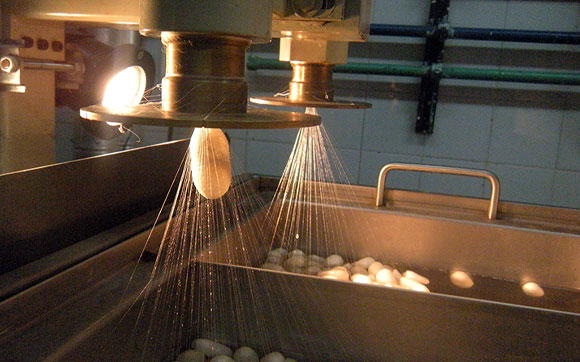 |
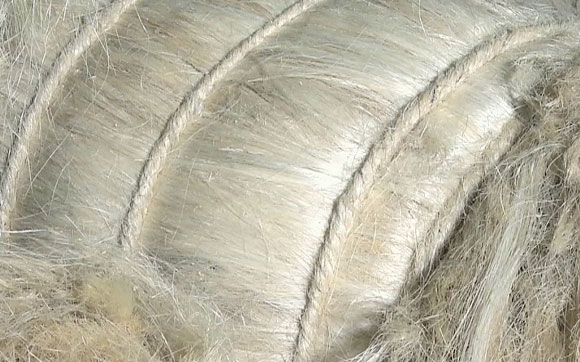 |
The non-natural fibers have been developed with the aim of improving various properties such as mechanical efficiency, thermal stability and electrical conductivity, to natural fibers.
They are known as man-made fibers and can be divided into artificial or synthetic.
The fibers are obtained from the processing of natural polymers through the action of chemical agents in extrusion processes.
For the most part, the polymer precursor to many of the fibers is cellulose extracted from cotton linters, leaves from trees, such as eucalyptus, bamboo, soybean, maize, among others. Other precursors such as casein or milk extracted algal alginate may also be used.
The synthetic fibers are normally produced via chemical precursors from oil, resulting in a wide range of materials with various properties.
The appearance of synthetic fibers contributes greatly to broadening the range of applications of fiber-based materials, considering their physical, chemical and mechanical properties.
Thus, polyester fibers, polyamide or polypropylene quickly found widespread applications and large-scale in unconventional areas – clothing and home textiles, including medicine, transportation, aerospace, building and construction, among others.
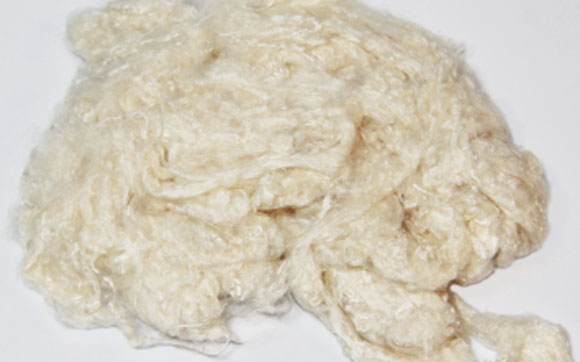 |
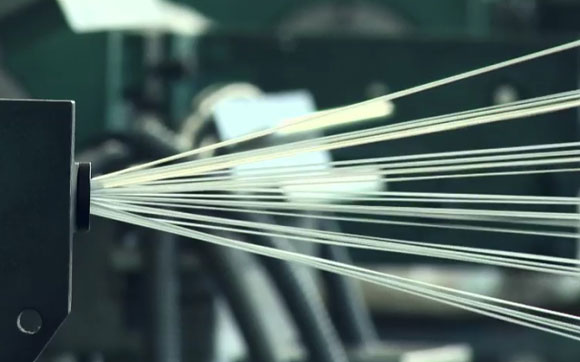 |
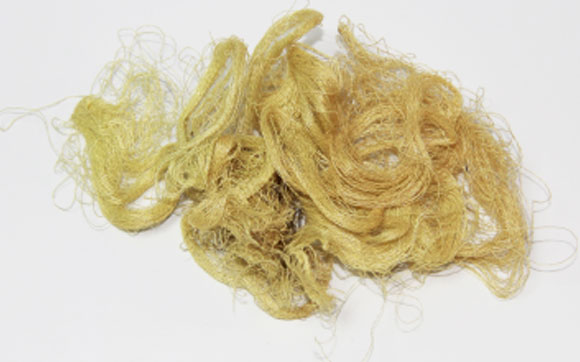 |
 |
The inorganic fibers are constituted mainly by inorganic chemicals, based on natural elements such as carbon, silicon and boron that, in general, after receiving treatment at elevated temperatures are transformed into fibers.
Inorganic fibers, also sometimes dubbed high performance fibers or super-fibers, have characteristics and properties that differ from other non-natural fibers and therefore rarely find applications in the field of conventional textiles.
Effectively, these fibers have general characteristics as high thermal and mechanical resistance, which makes them especially in engineering solutions applied in many cases in combination with other materials – composites.
In these applications, they compete normally with conventional materials, replacing them often due to their ease of processing, thermal resistance, resistance to chemical agents and especially due to the excellent weight/mechanical properties correlation.
In general, the inorganic fibers are difficult to process by conventional textile techniques, such as weaving or knitting, due to the fact that easily break in flexure (weak), presenting low elongation at break and possess high coefficients of friction with metals, forcing many times to its surface lubrication.
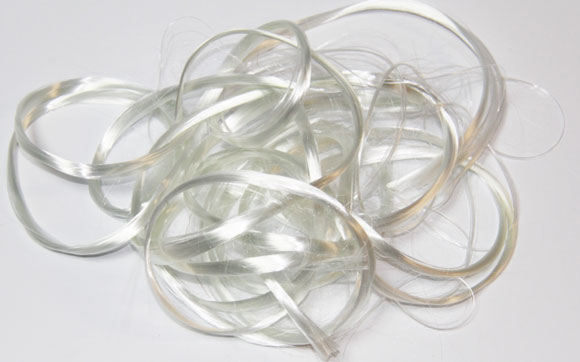 |
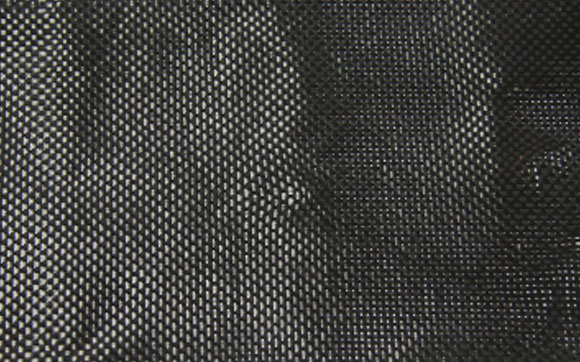 |
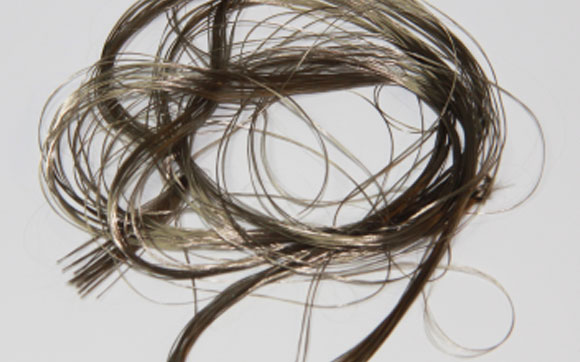 |
The progress made in fiber production industry allowed meet the various requirements that have emerged and continue to emerge to meet the market needs.
The growing demand for new materials to meet new needs, led the textile industry to evolve towards new features, imposed on materials.
The functionalization of properties is defined as all points which go beyond the aesthetic decoration, including so-called “smart properties”, are properties that imposed to the material so that it reacts to an external stimulus, for example the temperature.
Thus, the functional fibers are fibers that perform a specific function may be defined as being unique, in that each is able to respond in a given situation, i.e., any fiber that presents an innovative feature, unusual or conventional.
This functionalization can be obtained by the intrinsic characteristics of the base polymer itself, the addition of specific compounds during the extrusion process or chemical finishing of the fibers after extrusion or harvesting.
Antimicrobial fibers, thermoregulating, resistant to high temperatures, moisture management, such as shape memory, conducting electricity, among others, are examples of functional fibers.
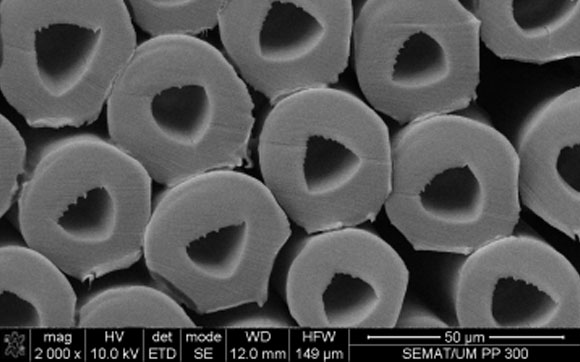 |
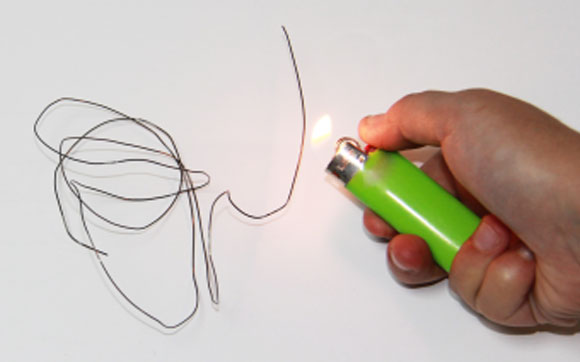 |
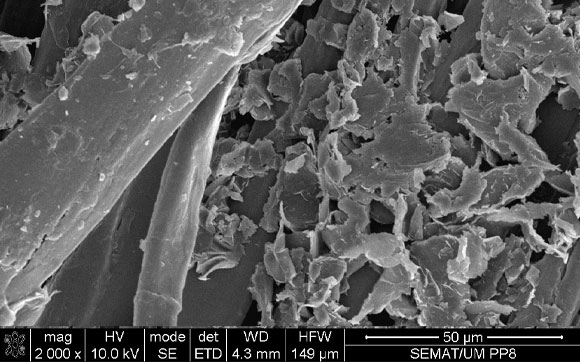 |
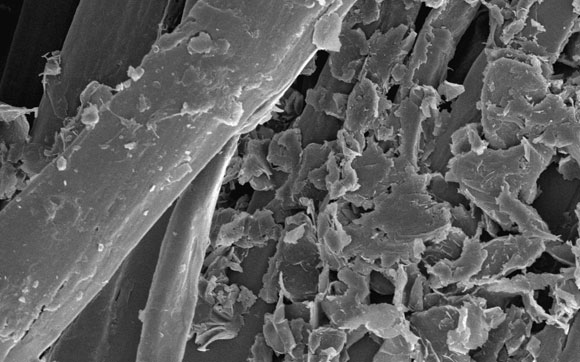 |
Nanosciences and nanotechnology led to the nanofibers, and is currently the main focus of research, development and innovation, where investments have been significant.
Nanofibers are usually produced by electrostatic spinning.
The basic polymers normally used for forming nanofibers are polyethylene (PE), polypropylene (PP), polybenzimidazole (PBI), polyacrylonitrile (PAN), polyamide (PA), polyethylene terephthalate (PET) and polyester (PS), among others.
Given the nanometer scale in which the fibers are designed, have special properties that make them very attractive for numerous applications such as:
These properties lead to the potential application of nanofibers in fields as diverse as high-performance filters, fibrous absorbent composite materials reinforced by fibers, fiber materials for dressings, grafts created in vivo to implant materials for controlled drug delivery, nano devices and microelectronics, electromagnetic shielding, photovoltaic devices, high-performance electrodes, and an array of sensors based on nanofibres.
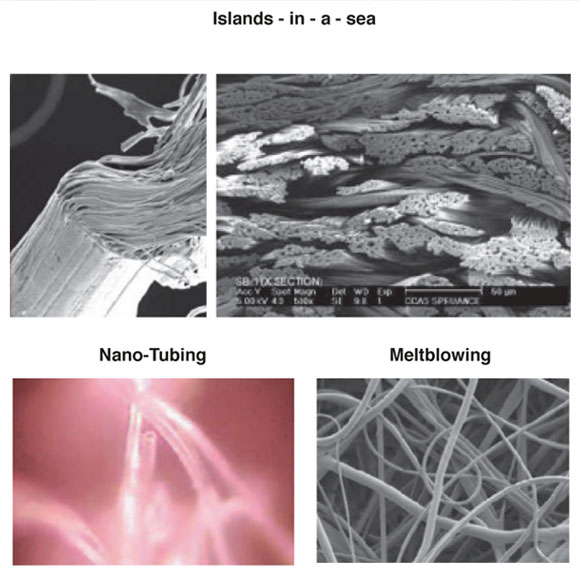 |
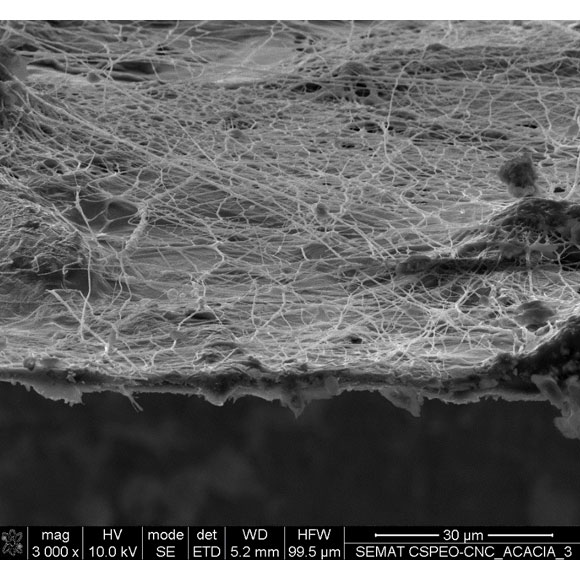 |
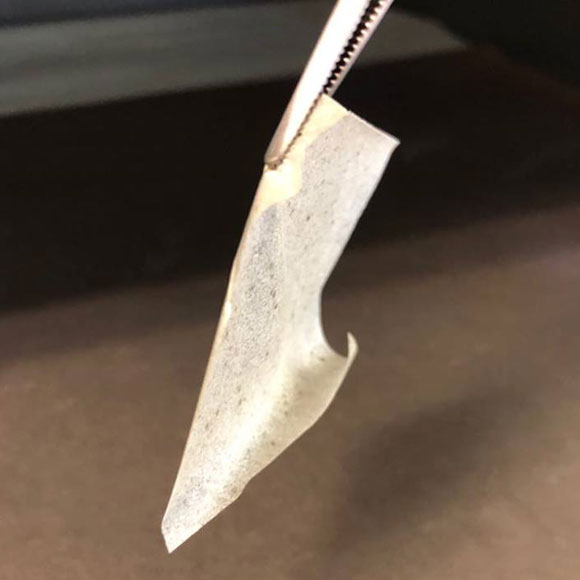 |
The multicomponent fibers are fibers that combine at least two polymers having properties and/or different chemical compositions. The polymers are extruded together, and their relative position along the length of the fiber depends on factors such as the geometry of the die holes and the intrinsic properties of the polymer itself, including viscosity and molecular weight.
Can be obtained multicomponent fibers having the desired properties, by making a right combination of polymers, the conditions of manufacture and additives added. The multicomponent fiber production technologies can be used to produce fibers with a mixture of filaments, varying the color, the linear mass, the nature of the polymer, among others.
One of the most used multicomponent fibers comprises polyethylene and polypropylene (polymers with different melting points) and used in the production of nonwovens using polyethylene fiber as a binder it has lower melting point. The resulting material is lightweight, strong, soft and comfortable, dries quickly, and has high resistance to abrasion and dirt.
It is expected that in the future the possibility of combining the basic properties of the polymers, the multicomponent fibers are assumed as engineering materials in fields as diverse as medicine, architecture, agriculture, and even fashion.
 |
Did you find this article interesting? Join the Fibrenamics community by registering for free here.